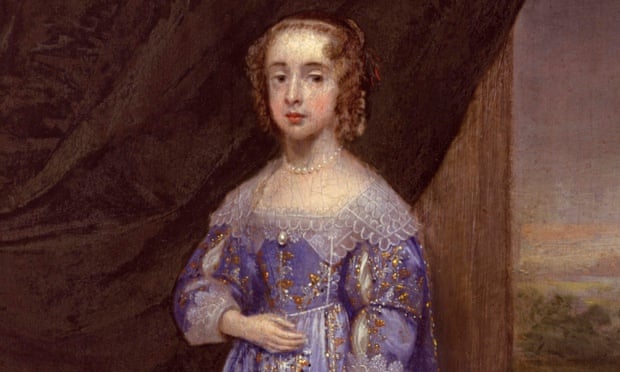The Guardian
National Portrait Gallery display of Cornelius Johnson’s 17th-century work will include rarely seen portraits of royal children
The future King Charles II, by Cornelius Johnson. Photograph: /National Portrait Gallery
The National Portrait Gallery in London has announced it is to stage the first display of works by the court painter Cornelius Johnson.
Few people will be aware of Johnson. “But he really does deserve to be better known on so many different counts,” said curator Karen Hearn. “His paintings are really sympathetic, there is a delicacy about them.”
In his day Johnson was a star and he became Charles I’s official “picture-drawer” in 1632. The NPG display will include rarely seen portraits of the royal children who became Charles II, James II and Mary, Princess of Orange – all of them pale, doe-eyed and rather miserable.
“They do look weighed down by their fine clothes and the expectations placed on them,” said Hearn “They have these lives of exile and disorder ahead of them. They are tiny figures in these settings.”
The portrait of Mary shows her aged about seven or eight; two years later she was married to 14-year-old William, later William II, Prince of Orange.

One big reason for that is his bad luck to be around at the same time as Anthony van Dyck. He arrived in England in 1632 to work for the king and overshadowed all his contemporaries. His dynamism and glamour meant later generations have not looked far beyond his dominating brilliance.
Hearn believes that is a shame. “One reason why Johnson deserves more attention is that he is very good,” she said. “He is painting people as they are, so they are rather quiet. When you look at a Johnson picture you benefit from looking at it for a while and drawing out the personality of the sitter.”
Hearn said Johnson was particularly good in the details of dress – the textiles, embroidery and lace. He was also one of the first British painters to sign and date his paintings, a godsend for dress historians who can trace and date the fashions of the day.

“Until I really started delving I hadn’t realised how successful he was in Holland,” said Hearn. “He was painting mayors and the aristocracy. There had been this idea of ‘poor old Johnson’ going off to the Netherlands and doing a bit of painting. But he died a wealthy man.”
The NPG display will have eight painted portraits and six prints from the NPG collections and three paintings from Tate, all of them hardly ever seen publicly.
“He has been so long in the shadows of art history,” said Hearn. “At last Cornelius Johnson’s time has come.”
• Cornelius Johnson: Charles I’s Forgotten Painter, is a free display in Room 6 of the NPG, London, from 15 April to 13 September.

No comments:
Post a Comment